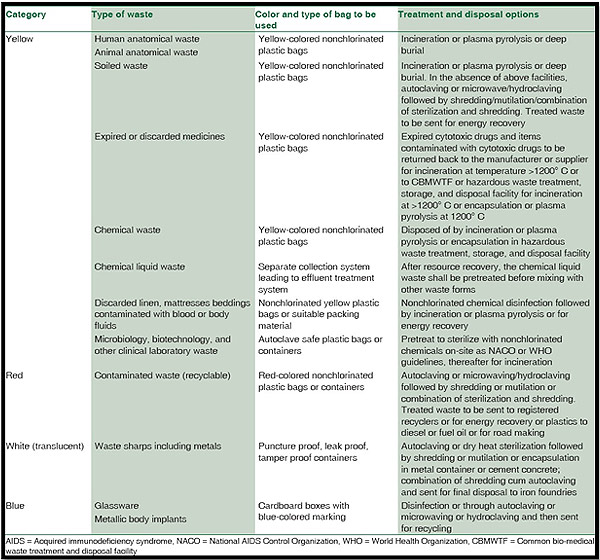The smart Trick of Reclaim Waste That Nobody is Talking About
The smart Trick of Reclaim Waste That Nobody is Talking About
Blog Article
The Ultimate Guide To Reclaim Waste
Table of Contents3 Simple Techniques For Reclaim WasteThe Only Guide to Reclaim WasteThings about Reclaim WasteThe Buzz on Reclaim WasteHow Reclaim Waste can Save You Time, Stress, and Money.
Domestic sewage waste refers to the waste and products from a residential septic container. The correct management and disposal of domestic sewage waste need fluid waste to be moved to a sewer treatment plant where the correct methods and tools are used to cleanse and dispose of waste.
Commercial waste typically consists of prospective risks, such as flammable materials or a mix of fluid and solid waste products, and needs an advanced and thorough disposal process. The disposal of business waste commonly involves the purification of waste before transport to make certain secure and proper disposal. Industrial waste is developed from results and drainage of commercial procedures and production.
This sort of waste can not use the same sewer administration transportation or processes as septic or commercial liquids. The hazardous waste management process requires the assessment and testing of fluid waste before it undertakes the disposal procedure (liquid waste removal melbourne). Overflow waste is the liquid waste that originates from runoff and excess stormwater in extremely populated areas or cities
Runoff waste can cause contamination and flooding if not taken care of appropriately. Learn more regarding sewage system cleansing and waste monitoring. Making certain appropriate waste administration can stop calamities and reduce ecological harm. Both individuals in property settings and specialists in commercial or manufacturing markets can benefit from comprehending the processes and policies of fluid waste management.
How Reclaim Waste can Save You Time, Stress, and Money.
Contact PROS Solutions today to learn more about our waste monitoring and disposal services and the correct methods to care for the fluid waste you create.
(https://penzu.com/p/1f225eb6893bd9aa)Do you recognize what happens to your water when you draw the plug, flush the commode or drain the cleaning equipment? No? Well, it deserves recognizing. This so-called 'wastewater' is not only an important resource however, after treatment, will certainly be released to our land, rivers or the sea. Used water from bathrooms, showers, baths, cooking area sinks, laundries and commercial procedures is called wastewater.

water used to cool down equipment or clean plant and devices). Stormwater, a kind of wastewater, is overflow that flows from agricultural and urban locations such as roofs, parks, gardens, roads, paths and gutters right into stormwater drains pipes, after rain. Stormwater streams unattended straight to regional creeks or rivers, at some point getting to the ocean.
Reclaim Waste - The Facts
In Queensland, the majority of wastewater is treated at sewer treatment plants. Wastewater is transported from residential or industrial sites via a system of sewage systems and pump stations, called sewerage reticulation, to a sewer treatment plant. City governments build, maintain and operate most sewer treatment plants. Operators are accredited under the Environmental Management Act 1994 to discharge cured wastewater at an appropriate ecological requirement into waterways.
The Department of Natural Resources advises neighborhood federal governments concerning handling, operating and maintaining sewage systems and treatment plants. In unsewered areas, regional governments may require householders to mount individual or household sewer therapy systems to deal with residential wastewater from bathrooms, cooking areas, restrooms and washings. The Department of Natural Resources authorizes the usage of home systems when they are proven to be efficient.
In some brand-new neighborhoods, treatment of some stormwater to eliminate clutter, sand and gravel has begun utilizing gross pollutant catches. Wastewater therapy happens in four phases: Removes solid issue.
Wastewater then flows into huge storage tanks where solids settle and are eliminated as sludge. Grease and residue are skimmed from the surface area. Uses tiny living microorganisms referred to as micro-organisms to break down and get rid of remaining liquified wastes and great fragments. Micro-organisms and wastes are included in the sludge. Eliminates nitrogen and phosphorus nutrients that could trigger algal blooms in our waterways and endanger water life.
4 Easy Facts About Reclaim Waste Explained
Nutrient elimination is not offered at all sewage treatment plants since it needs pricey specialist tools. It is becoming a lot more usual in Queensland. Clear liquid effluent created after treatment may still include disease-causing micro-organisms. If this effluent is launched into rivers such as rivers or the sea, the micro-organisms will eventually pass away out.

Many wastewater moves into the sewage system. Under the Act, regional governments administer approvals and licences for eco pertinent tasks (Ages) entailing wastewater launches that might have a regional effect.
The 2-Minute Rule for Reclaim Waste
Or else, examples are considered research laboratory analysis. Frequently lots look at here now of examinations are needed to establish the degrees of each of the different pollutants such as oils, heavy steels and pesticides in water. Monitoring provides factual details about water top quality and can validate that permit problems are being met. The details acquired with tracking gives the basis for making water top quality choices.
Report this page